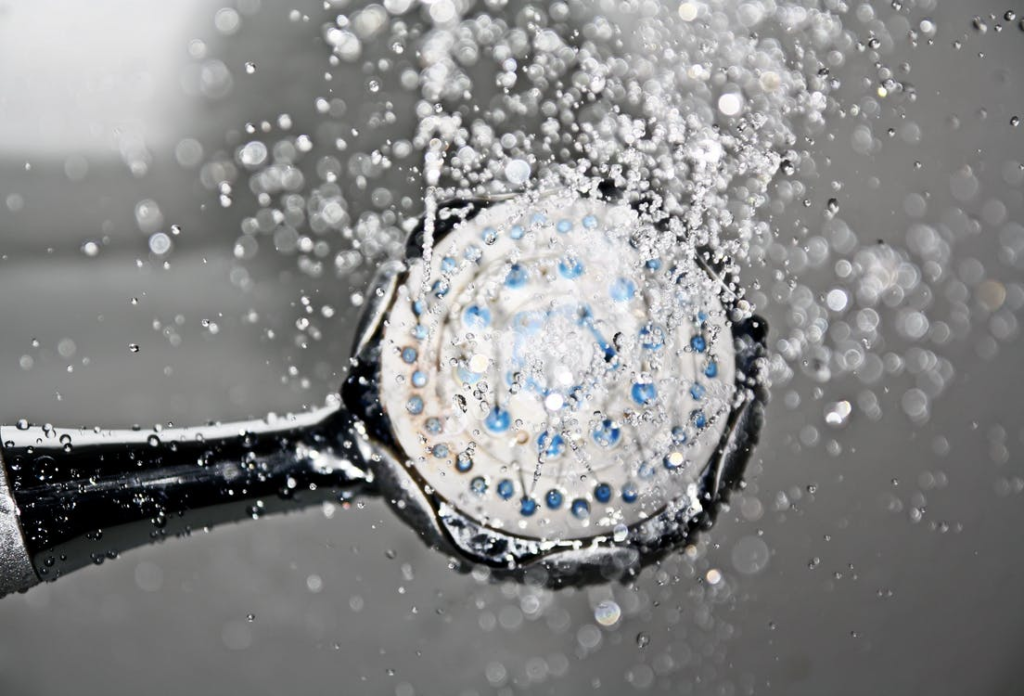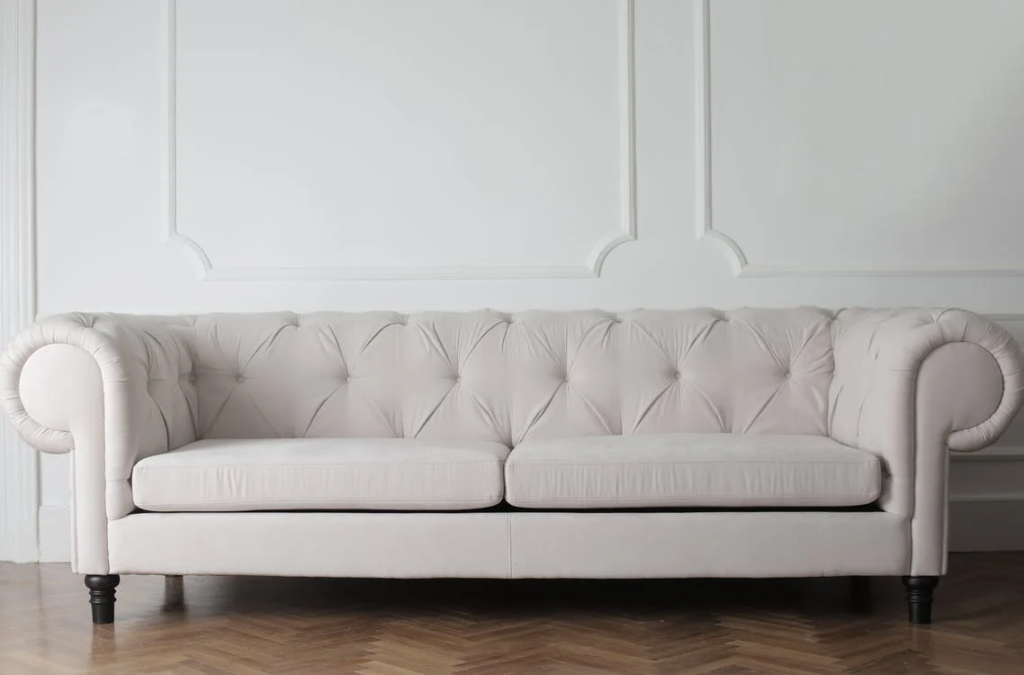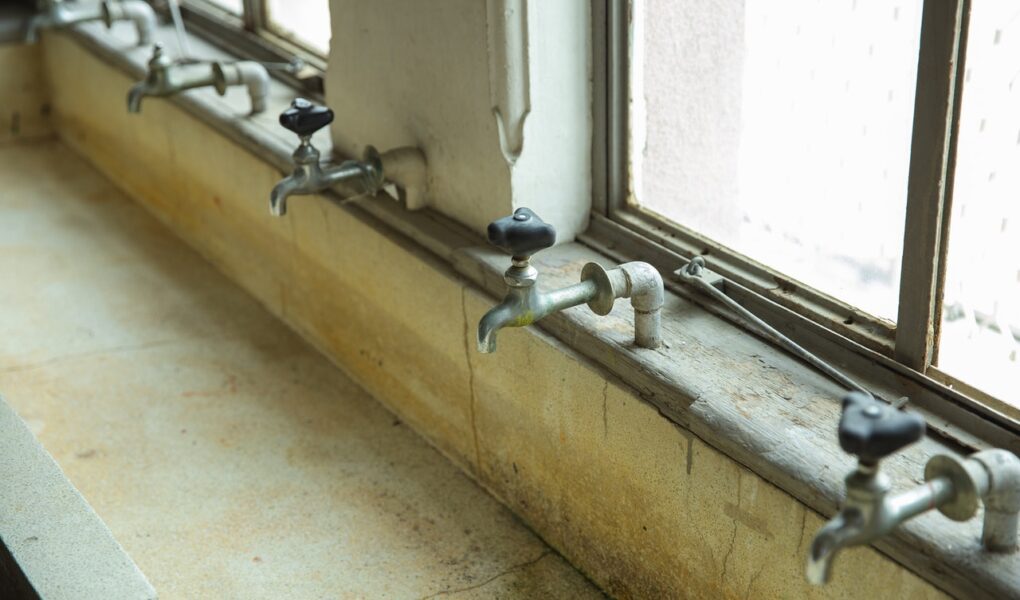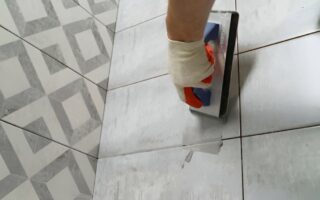Mold in Your Home
When someone mentions the word ‘mold’, we associate it with green patches on bread or the smell of rotten foods. But what happens when it infests your home? What are the signs of mold in a house?
When mold infests your house, the signs are not always obvious. It may occur in the most unexpected locations, even in the cleanest of homes.
Mold can appear on any surface in the home, including carpet, paper, wood, and foods, according to the Environmental Protection Agency. Mold in the home can take on various appearances and colors depending on the species and the surface it has hooked onto. It can appear in orange, green, purple, white, or black colors. Mold growth requires repeat treatment in order to prevent the spores from spreading and regrowing, which is why you should regularly hire Tucson maids (or others more relevant to your area) to keep your your carpets, walls, windows, etc. clean and prevent mold from spreading.
Mold, when it infests a home, emits small spores that float through the air. Mold colonies can quickly develop if left unchecked and untreated. When present in your home, these colonies can cause major health risks for your family and irreversible structural damage to your home.
But don’t worry, mold in your home can be treated if you can spot it. In this article, you will find 10 signs that your home may have mold and how to treat it if it does.
Early Signs of a Mold Problem in Your House
1. Water Heater Hideaway
Mold grows in any location of the home that is prone to dampness, such as the water heater closet. Leaks on water heaters in your home can be difficult to detect because water heaters are frequently located in areas that are hard to reach.

Check for condensation on the floor and walls around the heater on a regular basis to avoid a mold problem caused by a leaking water tank.
2. Mold Signs on the Furniture

Leather and wood can attract mildew. Porous parts of your furniture like foam and upholstered furniture also can easily trap mold particles. Inspect the fibers of your furniture on a regular basis for discolored areas, fuzz, or spores.
3. Spotted Clothing

White or black patches that feel fluffy or slimy on your clothes fabrics could be a sign of a big mold problem in your home.
Pro-Tip: Toss dirty clothes into the washing machine right away. Mold thrives in damp clothes stored in poorly ventilated areas!
4. Carpets that are contaminated

Rugs and carpets in your house are particularly vulnerable to providing a breeding ground for mold. Make sure to vacuum regularly to prevent a buildup of dirt and bacteria, and use special HEPA Riccar vacuum bags to help improve air quality and ensure the finer particles are also caught. Keep an eye out for any odors, spots, or stains on the carpet. You should inspect your carpets and rugs right away when you notice the mold signs.
Pro-tip: A great method to avoid molds on your carpets and rugs is to clean them professionally a few times a year.
5. Rotten Smell

If there’s a wet, musty odor seeping from your flooring or walls that reminds you of the smell of old books, this odor could be a sign of a mold problem in your home. This odor is created by “mold volatile organic compounds” (MVOCs), which are chemicals released during the mold’s life cycle.
6. Allergic or Asthmatic Reactions

Some mold species that can infest your house produce a toxic compound known as mycotoxin. This compound can cause respiratory problems in people who have allergies and anyone else.
Ever found yourself coughing, sneezing, feeling tired, brain fog or blowing your nose regardless of the season? It could be mold toxicity and may be time to do a thorough inspection of your house.
7. Wavy Walls

Moisture, which allows mold to grow, is one of the most prevalent causes of paint bubbles and deformed wallpaper. If your walls appear bent, find the source of the moisture, such as a nearby leaky windowsill, and fix the issue before the mold spreads widely.
8. Nasty Odor from AC
When you turn on your air conditioner, does it emit a musty odor? If you see black, fuzzy areas on the AC filter, it might be black mold.
It is critical to use high-efficiency particulate air (HEPA) filters for your AC. Clean the unit and replace the filters on a regular basis to deprive existing mold of its food sources: moisture and dust.
Pro-tip: Watch this helpful video about how to clean your air conditioner effectively.
9. Water Damage Incident in the Past

A water damage incident in your home such as floods or burst pipes can cause mold problems in the future. When the water flood is not drained properly, it can result in mold growth.
Fungus thrives on moisture, so water damage frequently leads to mold problems, which may be costly and even harmful to your home’s structural integrity.
10. Tarnished Tiles

If there is visible dirt in the grout between your bathroom tiles, this is a sign of mold and mildew growth.
To avoid this mold problem, after showering or bathing, use a squeegee to scrape water from the tub and walls. Avoid putting wet towels and garments in the hamper, and clean the shower curtain as soon as you see any discoloration.
According to the EPA, there is no simple solution to eliminate all mold in a home. Therefore it is critical to be vigilant in spotting any potential issues. If you see any of the above warning indicators, it is critical to completely eliminate mold colonies before they multiply further.
Consider Using Professional Cleaning
To remove mold in your home, you can consider using certified mold removal professionals that will follow step-by-step procedures to make your home mold-free.
First, the professionals will visually evaluate the area for mold, tracing it back to its source if possible. The damaged area is then contained, the moldy, non-salvageable, and porous material is removed, as well as negative air pressure technology is used to prevent hazardous spores from migrating from the air to your lungs.
Following that, HEPA-filtered vacuums are used to assist in eradicating mold on non-porous surfaces before installing air scrubbers with HEPA filters.
Finally, ULV fog with a powerful antibacterial solution is used to ensure that the mold is totally removed from your house, followed by cleaning and sanitizing any remaining salvageable contents as needed.
You must act as soon as you discover mold in your house. Even a little amount of it in the home can quickly multiply, and there is a good chance that there is more mold than you can see.




